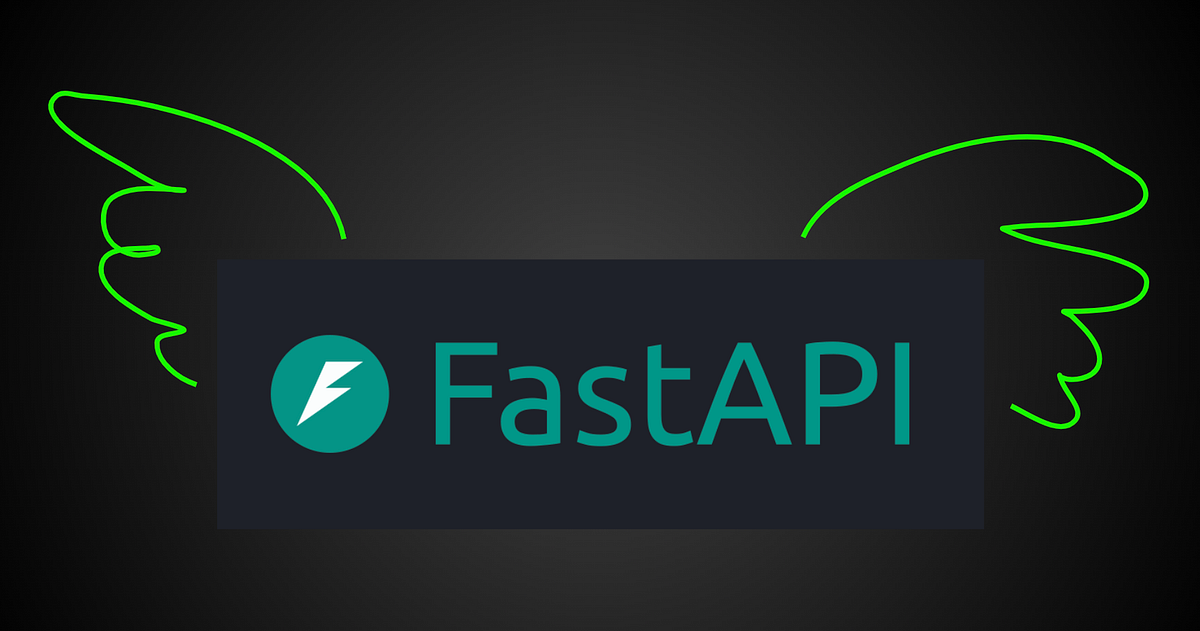Navigating the Differences: School FastAPI Code vs. Enterprise FastAPI Code
Основні поняття
The complexity and structure of FastAPI code can vary significantly between academic projects and enterprise-level applications, with the latter often featuring a more extensive and modular codebase.
Анотація
The content highlights the key differences between FastAPI code in a school project and an enterprise-level project.
In a school project, the FastAPI code is often contained within a single .py file, with a simple structure and limited functionality. On the other hand, enterprise-level FastAPI projects can have hundreds or even thousands of .py files, each serving a specific and integral purpose within the larger codebase.
The folder structure of a school project is typically straightforward, with a single app.py file, while enterprise projects often have a more complex and modular folder structure to accommodate the increased complexity and scale of the application.
The content highlights the stark contrast between the simplicity of school-level FastAPI projects and the intricate, multi-layered nature of enterprise-level FastAPI code, emphasizing the need for students to be prepared for the increased complexity they may encounter when transitioning to the professional world.
School FastAPI Code VS Enterprise FastAPI Code
Статистика
School FastAPI projects might contain a couple of files in total. Some projects even write everything in 1 .py file.
Enterprise projects on the other hand might have hundreds or even thousands of .py files — each file serves one tiny but integral purpose.
Цитати
None
Ключові висновки, отримані з
by Liu Zuo Lin о zlliu.medium.com 04-05-2024
https://zlliu.medium.com/school-fastapi-code-vs-enterprise-fastapi-code-fedea97520d2
Глибші Запити
How do enterprise-level FastAPI projects manage the increased complexity and scale compared to school-level projects?
Enterprise-level FastAPI projects manage increased complexity and scale by implementing modularization and separation of concerns. This involves breaking down the application into smaller, manageable components, each responsible for a specific functionality. By having hundreds or thousands of .py files, each serving a tiny but integral purpose, enterprise projects can effectively handle the complexity and scale. Additionally, enterprise projects often utilize design patterns like MVC (Model-View-Controller) to organize code structure and improve maintainability. Moreover, enterprise projects employ robust testing strategies, such as unit testing and integration testing, to ensure the reliability and stability of the application.
What are the key architectural patterns or design principles that are typically employed in enterprise-level FastAPI applications to ensure maintainability and scalability?
Key architectural patterns and design principles commonly employed in enterprise-level FastAPI applications include:
Microservices Architecture: Breaking down the application into smaller, independent services that communicate through APIs.
Dependency Injection: Managing dependencies between components to promote modularity and testability.
Separation of Concerns: Dividing the application into distinct layers (e.g., presentation, business logic, data access) to improve maintainability.
Scalability: Designing the application to be horizontally scalable, allowing it to handle increased load by adding more instances.
Caching: Implementing caching mechanisms to improve performance and reduce load on backend services.
Security: Incorporating security best practices such as authentication, authorization, and data encryption to protect sensitive information.
Logging and Monitoring: Implementing robust logging and monitoring solutions to track application behavior and performance.
By adhering to these architectural patterns and design principles, enterprise-level FastAPI applications can ensure maintainability, scalability, and robustness.
What are the potential challenges and best practices for transitioning from a school-level FastAPI project to an enterprise-level FastAPI codebase?
Transitioning from a school-level FastAPI project to an enterprise-level codebase can pose several challenges, including:
Code Organization: Adapting to a more complex folder structure and understanding the purpose of each file.
Testing: Learning to write comprehensive unit tests and integration tests to ensure the reliability of the application.
Scalability: Understanding how to design the application for scalability and handle increased traffic.
Security: Implementing security measures to protect the application from potential threats.
Collaboration: Working in a team environment and following coding standards and version control practices.
To navigate these challenges, best practices include:
Modularization: Breaking down the application into smaller components to manage complexity.
Documentation: Writing clear and comprehensive documentation to aid in understanding the codebase.
Code Reviews: Participating in code reviews to learn from experienced developers and improve code quality.
Continuous Learning: Staying updated on best practices, design patterns, and technologies in the field.
Mentorship: Seeking guidance from senior developers or mentors to navigate the transition smoothly.
By following these best practices and actively engaging in the learning process, developers can successfully transition from a school-level FastAPI project to an enterprise-level codebase.
0
